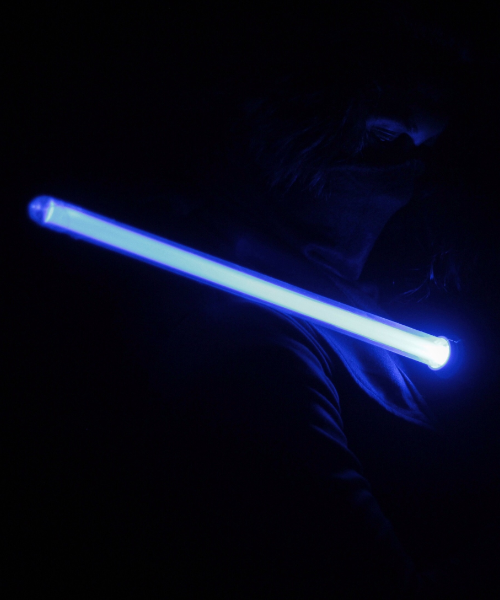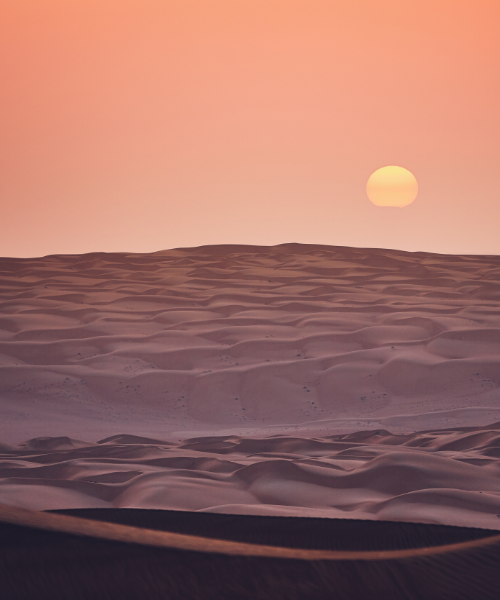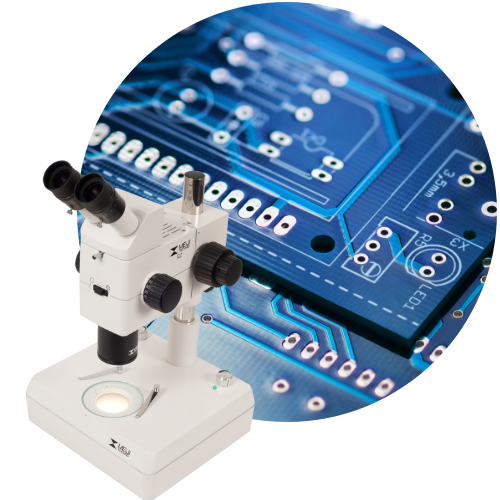How did those planets form? Could they really exist in our universe?
It’s Star Wars Day, and we’re taking a closer look at the science behind our favorite saga. We know you’ve been asking these questions for years. Now you know...

1. Could I own my own lightsaber one day?
The question on everyone’s minds! These glowing, 4-foot blades contain a ton of energy that can cut through flesh and melt metal, but don’t run so hot that they burn the hand that holds them. Plus, they look super cool. But could we actually create one? Here’s what science tells us…
The lightsaber is the most iconic of all weapons in the galaxy far, far away.. But could they really exist?
Scientists have (of course!) looked into it, and the short answer is… not quite (yet).
Here’s what we know: Lightsabers are a fixed length, super hot (but not hot enough to burn the hand that holds it), and can cut through all materials except other lightsabers.
Right now the only thing we have here on our planet that can (almost) cut as well as a lightsaber is plasma, the fourth state of matter and ionized gas. Plasma cutters are used in welding, to cut medals.
But there’s a problem:
Heat: In order to work, plasma cutters must be hot. Really hot. Like, 40,000 degrees Fahrenheit hot...
The plasma coming out of welding tools is also really small (a few millimeters wide), not quite the 3-4 feet we see Luke Skywalker using. Us earthlings also need to wear gloves and protective eyewear when using these tools. A beam of plasma the size of a lightsaber blade would likely produce enough heat to fry the hand of anyone holding it, making it a less-than-ideal weapon.
Power: A lightsaber made of plasma would need a ton of power (and a very large power source) to work. Plasma cutters we use are also connected to a car-battery sized source, which would kind of limit the leaps and jumps during a lightsaber duel (and lead to a lot of tripping over power cords!).
Fights: It would be tough to duel with two plasma beams, since they would pass right through each other (making it a bit anticlimactic...).
In conclusion, your dreams of lightsaber showdowns may have to wait. Unless, of course, you’re comfortable being connected to a car-battery, tangled up in power cords, wearing fire-proof gear, and relying on a millimeter-sized plasma beam (that can’t block your opponent's beam…).

2. Can a planet really have two suns?
In one of the most iconic scenes from the original movie, Luke Skywalker walks outside his uncle’s farm to gaze at two suns on the horizon of his home planet of Tatooine. But can a planet have two suns?
While our lightsaber battles may be on hold, it turns out that planets orbiting two or more stars is not pure fiction.
In 2011, NASA’s Kepler mission explored the Milky Way Galaxy, in search of other habitable planets. As part of this mission, they discovered a cold planet, made of half rock and half gas, that they named Kepler-16b.
They may not have found Jabba the Hutt, but they did find something interesting. Kepler-16b was a circumbinary planet: a planet that orbits two stars, instead of one! This led to a series of other discoveries of planets orbiting two suns! The team’s studies showed that up to half of all the stars in our galaxy are part of a binary star system!
We’ve always been a little partial to the power of the dark side! That’s why we’re putting darkfield microscopes (and everything else) on sale right now. Obi-Wan never told you there could be deals like this.
Use the force to get the microscopes your workplace needs at the best price.

The RZDT Brightfield Darkfield CMO Stereo Microscope is the most competitively-priced darkfield microscope today. It’s the most affordable way to study marine organisms with a high degree of accuracy.

